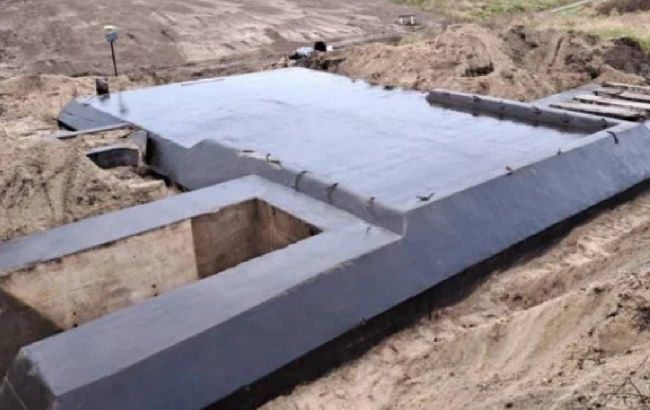Activists find three German bunkers from World War II
 Photo: Municipality of Knokke-Heist
Photo: Municipality of Knokke-Heist
Three German World War II bunkers have been unearthed on the coast of Belgium. Situated just a few feet below the surface, these bunkers had the capacity to house up to 10 soldiers, according to HeritageDaily.
About the discovery
The bunkers were found in Heist-Willem's Park, located on the coast of Belgium near the border with the Netherlands.
During World War I, the park's territory was used as a German position to accommodate heavy artillery batteries known as Freya and Augusta. Advanced bunkers were also present for observing ships in the English Channel.
Some of these structures were repurposed by the German army during World War II and further fortified as part of the Atlantic Wall—a coastal defense system built between 1942 and 1944 along the coastline of continental Europe.
The bunkers were discovered by the Nature and Forest Agency during a restoration project called LIFE DUNIAS.

One of the discovered bunkers (photo: Municipality of Knokke-Heist)
Excavations just a few feet deep revealed three Gruppenunterstand Type VF2a bunkers. This type was designed to accommodate a Gruppe (the smallest German unit consisting of 10 soldiers) who operated advanced radar positions.
The bunkers have external dimensions of 6 by 7 meters and are covered with a 1-meter thick reinforced concrete roof.
The project also uncovered traces of brick trenches, fragments of concrete pathways, and a large quantity of debris containing items such as crockery, ammunition, cables, and water pipes.
"These ruins illustrate the previous attempts to completely erase the park’s war history. The lighter structures were demolished and reduced to rubble, while heavier bunkers were covered with a layer of soil and hidden, as if they had never existed," said a representative of the LIFE DUNIAS project.

